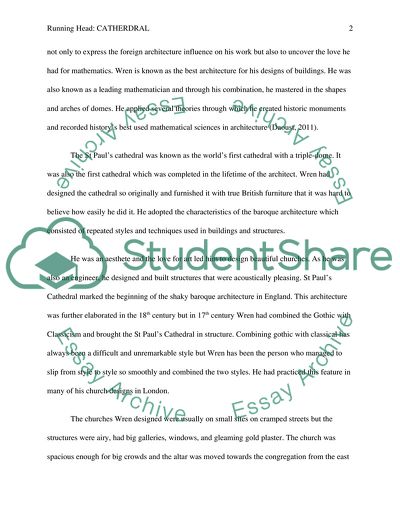Cite this document
(“Baroque and Architecture Essay Example | Topics and Well Written Essays - 2000 words”, n.d.)
Baroque and Architecture Essay Example | Topics and Well Written Essays - 2000 words. Retrieved from https://studentshare.org/architecture/1630135-baroque-and-architecture
Baroque and Architecture Essay Example | Topics and Well Written Essays - 2000 words. Retrieved from https://studentshare.org/architecture/1630135-baroque-and-architecture
(Baroque and Architecture Essay Example | Topics and Well Written Essays - 2000 Words)
Baroque and Architecture Essay Example | Topics and Well Written Essays - 2000 Words. https://studentshare.org/architecture/1630135-baroque-and-architecture.
Baroque and Architecture Essay Example | Topics and Well Written Essays - 2000 Words. https://studentshare.org/architecture/1630135-baroque-and-architecture.
“Baroque and Architecture Essay Example | Topics and Well Written Essays - 2000 Words”, n.d. https://studentshare.org/architecture/1630135-baroque-and-architecture.


